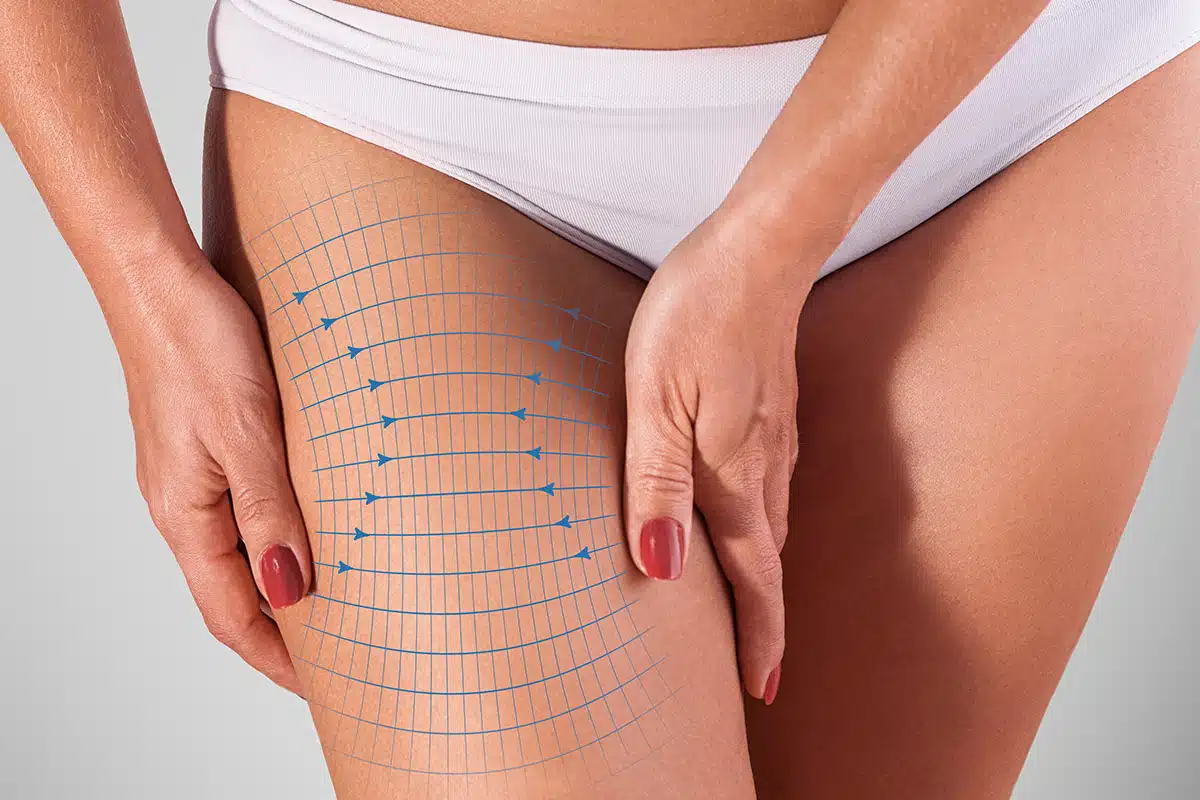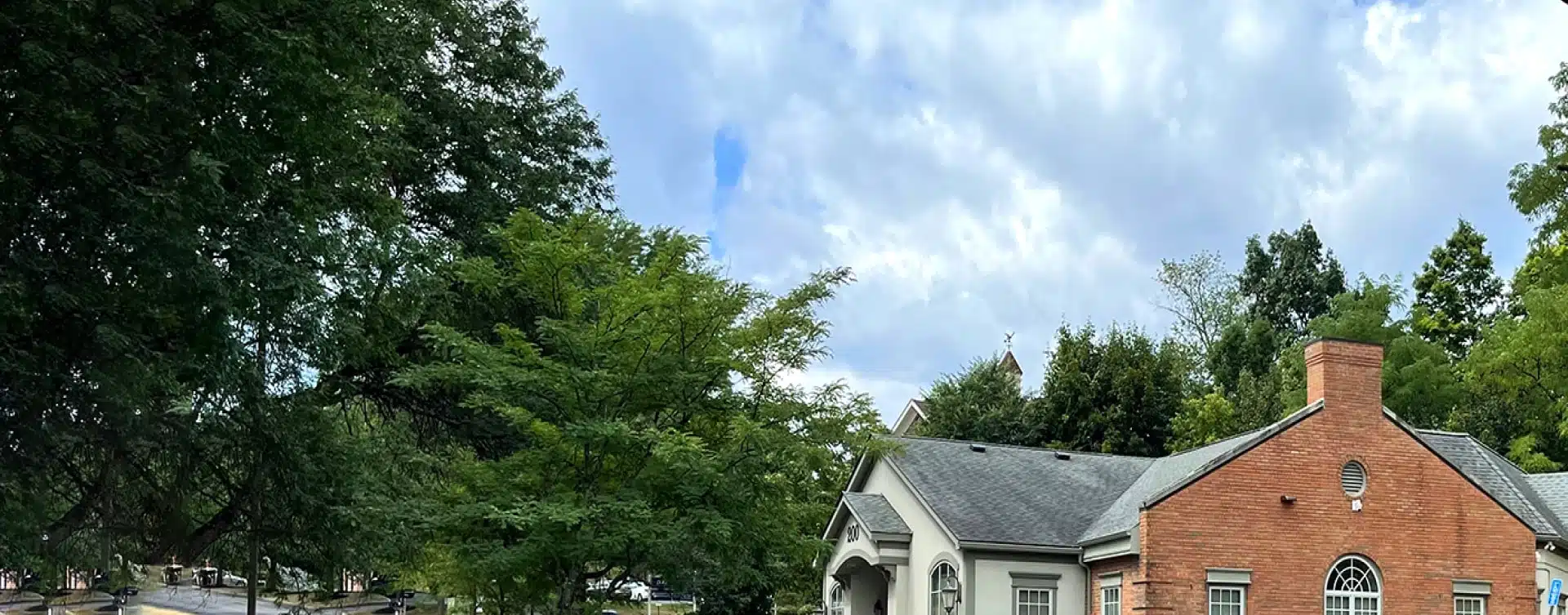For those looking to achieve smoother, more toned thighs, a thigh lift—also known as thighplasty—can be a life-changing procedure. Whether caused by significant weight loss, aging, or genetics, loose skin and stubborn fat in the thigh area can be difficult to address with diet and exercise alone. A thigh lift helps reshape and contour the thighs by removing excess skin and fat, resulting in a firmer, more youthful appearance.
While all thigh lifts aim to improve thigh contours, different techniques are used based on the extent of correction needed and the specific areas being treated. Understanding the types of thigh lifts available can help determine the best option for your body and goals.

What is a Thigh Lift?
In a nutshell, a thighplasty, or “thigh lift,” is a cosmetic procedure designed to improve the shape and tone of the thighs by removing excess fat and sagging skin. It is most commonly performed on patients who have experienced significant weight loss, leading to loose, hanging skin. While the overall goal of a thigh lift is the same—to enhance the appearance of the thighs—the technique used depends on the specific concerns being addressed, which is why multiple types of thighplasty exist.
Types of Thigh Lift Surgery
There are several types of thigh lifts, each designed to address specific concerns related to excess skin and fat in different areas of the thighs. The right procedure for you will depend on factors such as the amount of skin laxity, the location of excess tissue, and your overall aesthetic goals. Below, we break down the different types of thigh lift surgeries to help you understand which one may be the best fit for your needs.
1. Inner Thigh Lift (Medial)
An inner thigh lift tightens loose skin and trims stubborn fat along the upper inner thighs where they tend to rub. Through a curved incision hidden in the groin crease, your surgeon removes the extra skin, tightens the underlying fascia with internal sutures, and may add light liposuction to smooth any leftover fullness. The incision is closed in layers, often with surgical glue, and most procedures take about 1–2 hours. You’ll see a firmer contour immediately, with swelling peaking around 48–72 hours and then easing during the first month. By 4–6 weeks, the shape looks more refined, and over 3–6 months, the scar softens and fades. With a stable weight, the tightening is long lasting.
Best Suited For
This option fits people with moderate to severe inner thigh laxity after weight loss or aging who want relief from chafing and a smoother inner thigh line without a long vertical scar. It’s ideal if you’re in good health, at a steady weight, and prefer a discreet scar hidden in the natural crease. Expect better comfort in clothing and daily movement, plus a visible improvement in contour and confidence.
2. Outer Thigh Lift (Bilateral)
An outer thigh lift removes excess skin and fat along the outer thighs, hips, and the upper buttock to slim the side profile and smooth “saddlebags.” Under general anesthesia, the incision runs along the bikini line from hip to groin. The skin is lifted and redraped, extra tissue is trimmed, and gentle liposuction can be added to blend the transitions. The wound is closed in layers, and small drains may be used; most surgeries take about 2 to 3 hours. You’ll see tighter contours right away, with expected bruising and swelling in the first weeks. By 6 to 8 weeks, most swelling settles, and by 3 to 4 months, scars soften and the shape stabilizes.
Best Suited For
Choose this approach if you have outer thigh and hip laxity after weight loss or aging and want a smoother line from waist to thigh with better pant and swimwear fit. It’s a good match if you accept a scar that is visible at first but usually hides under standard swimwear, and you’re ready to follow early recovery steps such as brief drain care and limited hip movement. Results are long lasting when your weight stays stable.
3. Vertical Thigh Lift
A vertical thigh lift treats loose skin that runs from the groin toward the knee, especially when an inner (medial) lift is not enough. Under general anesthesia, your surgeon makes a small crescent incision in the groin that continues as a vertical line down the inner thigh. Excess skin and fat are removed, the deeper tissues are tightened to the fascia, and light liposuction can smooth any remaining fullness. The incision is closed in layers, and drains are common. Surgery typically takes about 2.5 to 4 hours. Expect swelling and bruising to peak during the first week, ease through weeks 2 to 4, and continue refining as scars fade over 3 to 6 months. With a stable weight, the improvement is long lasting.
Best Suited For
This approach is a strong choice for patients after major weight loss who have laxity along the full inner thigh and want a uniform, chafe-free contour. It delivers the most comprehensive tightening in this area, but you must be comfortable with a longer, visible inner-thigh scar and a more involved recovery. If you are in good health, at a steady weight, and ready for a dramatic improvement in shape and comfort, the vertical lift is usually the most effective option.
4. Posterior Thigh Lift
A posterior thigh lift targets sagging skin and stubborn fat on the back of the thighs and the lower buttocks to smooth dimpling and sharpen the rear silhouette. Under general anesthesia, the incision is placed in the infragluteal crease or across the back of the thighs. Excess skin is lifted and trimmed, deeper tissues are tightened, and optional liposuction can blend uneven areas. The wound is closed in layers; small drains are sometimes used. Surgery usually takes 2 to 3 hours. You’ll see a tighter look right away, with expected bruising and swelling early on. By 4 to 6 weeks, most swelling settles, scars soften over 3 to 6 months, and results hold long term with a stable weight.
Best Suited For
Choose this approach if laxity and puckering are mainly on the back of the thighs or under the buttock crease, and you want a smoother rear profile with firmer skin. It’s a good fit for patients after weight loss or with age-related sagging who can manage early sitting restrictions and are comfortable with scars hidden near the crease. With attentive follow up, careful scar care, and sun protection, you’ll gain a cleaner contour that fits clothing better and feels more comfortable day to day.
5. Spiral Thigh Lift
A spiral thigh lift reshapes the inner, outer, front, and back of the thigh for true 360-degree contouring, and it is often paired with a buttock lift for a full lower-body change. Under general anesthesia, your surgeon typically uses two incisions—one running from the groin toward the knee and another placed around the waist or hip—to remove excess skin and fat, tighten the supporting tissues, and blend transitions. Drains are usually placed, and surgery takes about 4 to 6 hours. You’ll see a lifted look right away, with the most swelling and bruising during weeks 1 to 2. By weeks 3 to 6, the shape sharpens, scars fade over 3 to 6 months, and results last with a stable weight.
Best Suited For
Choose a spiral lift if you have circumferential laxity after major weight loss and want comprehensive, single-stage improvement in both thigh and buttock contours. It offers the most complete tightening and smoother lines in clothes, but it also comes with longer scars, more downtime, and the need for careful aftercare and compression. If you’re healthy, at a steady weight, and prepared for an extended recovery to achieve a dramatic all-around result, this approach is the best fit.
6. Mini Thigh Lift
A mini thigh lift focuses on mild to moderate laxity at the upper inner thigh using a short incision hidden in the groin crease. Under local anesthesia with sedation or general anesthesia, the surgeon removes a small amount of excess skin, tightens the underlying fascia, and may use light liposuction to smooth the contour. The incision is closed with absorbable sutures, and drains are rarely needed. Surgery usually takes about 45 to 60 minutes. Expect subtle tightening right away with minimal bruising, swelling improving over 2 to 4 weeks, and the final contour settling by 2 to 3 months. With a stable weight and good skin care, results hold well.
Best Suited For
Choose a mini lift if you’re near your goal weight with localized upper inner thigh laxity and prefer minimal scarring and a quick recovery. It’s ideal when you want a noticeable yet conservative refinement that fits better in clothes and reduces mild rubbing, without committing to longer incisions. Most patients return to desk work in 1 to 2 weeks, wear light compression briefly, and avoid wide-leg movements while healing. If laxity extends toward the knee or is more pronounced, a vertical or medial lift may be a better match.
Start Your Journey to Success, Don’t Wait More!
Join our satisfied clients who’ve experienced safe, effective treatments.
How To Choose The Type of Thigh Lift For You
Choosing the right type of thigh lift depends on your unique body structure, the extent of skin laxity, and your desired results. Consulting with a board-certified plastic surgeon who specializes in body contouring procedures is the best way to determine which approach will provide the best outcome for you. An experienced surgeon will evaluate your concerns, discuss your goals, and recommend a customized treatment plan to help you achieve a more sculpted and proportionate thigh appearance.
Dr. Samuel Beran, a board-certified plastic surgeon with over two decades of experience in body contouring, has helped countless patients achieve their desired thigh aesthetics. Whether you’re considering a minor skin tightening or a more extensive lift, Dr. Beran’s expertise ensures a safe and effective procedure tailored to your needs. Call us today at (845) 863-1772 to schedule a consultation and discover which thigh lift option is right for you.

